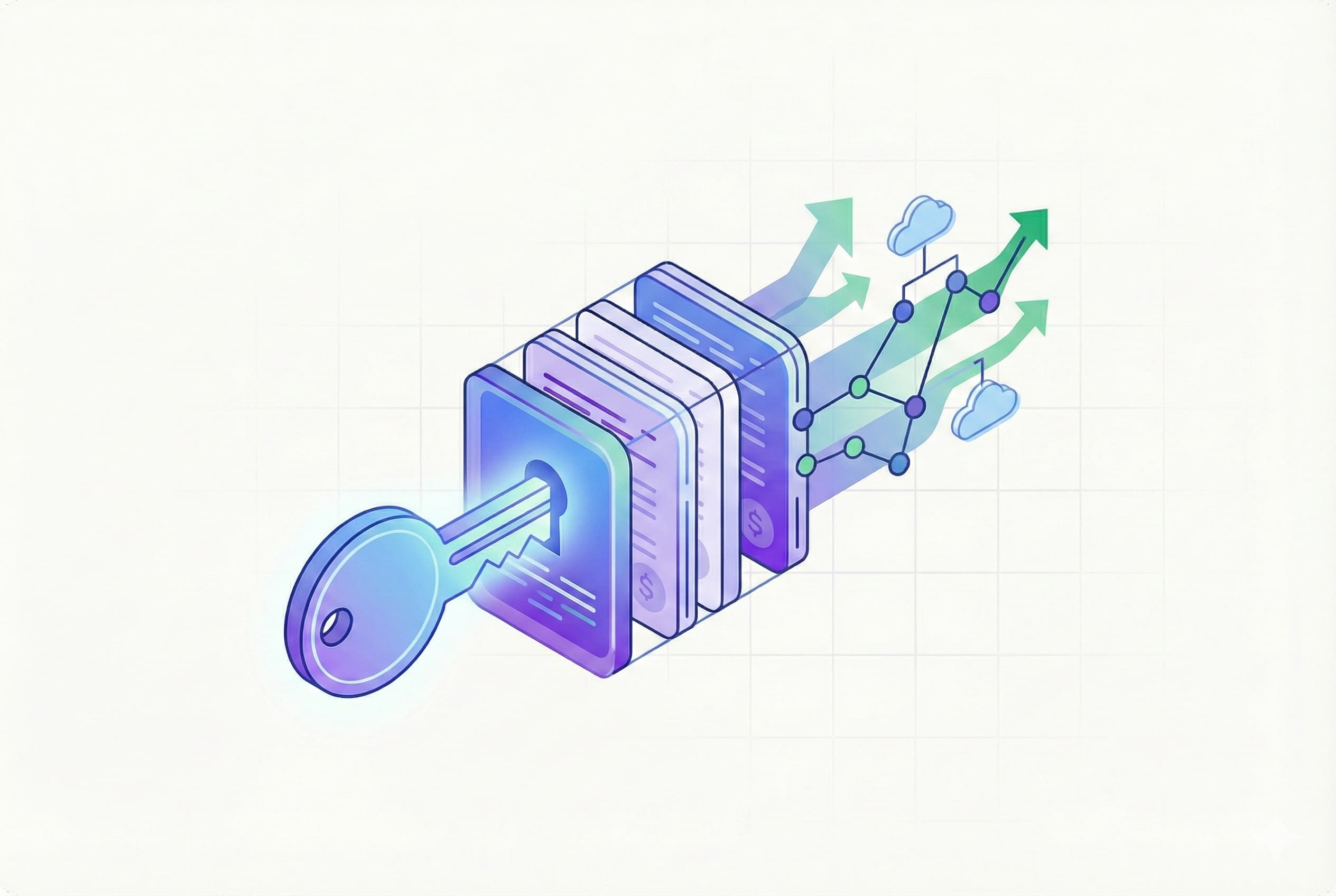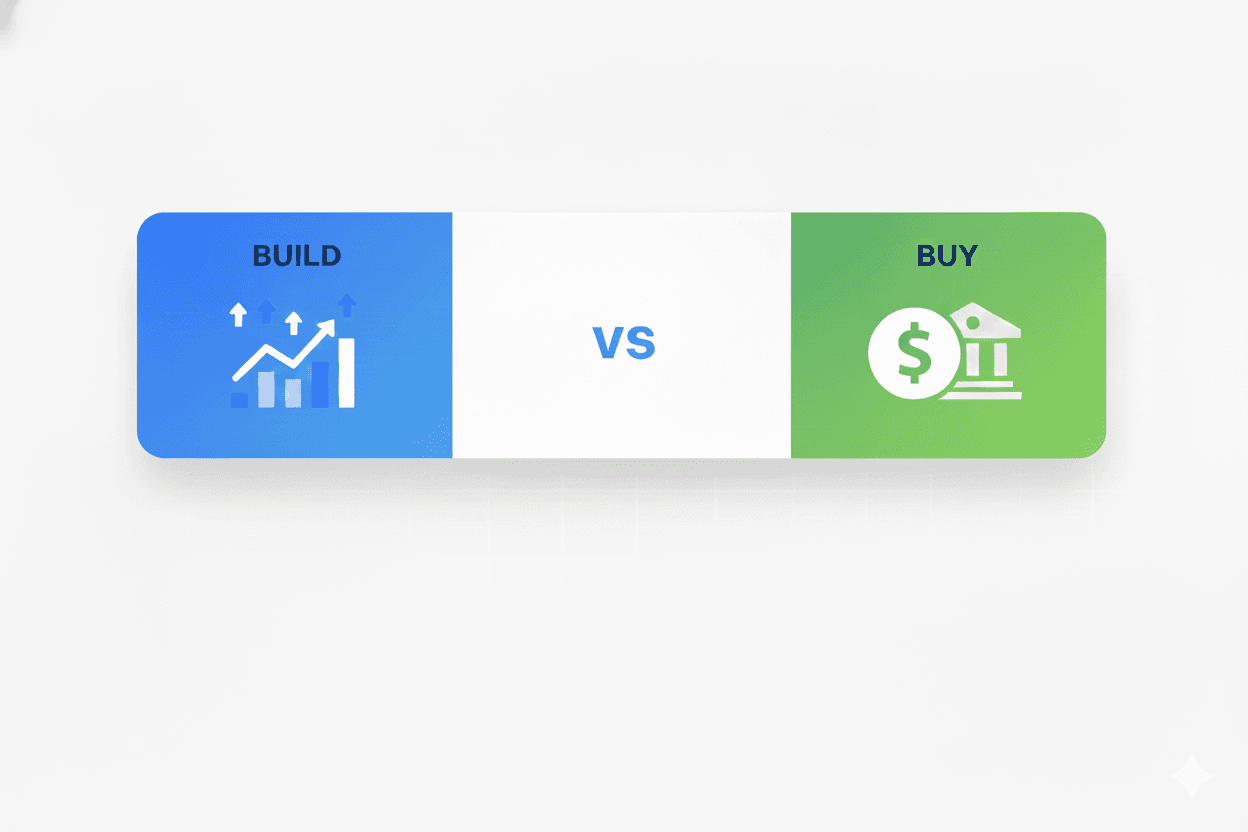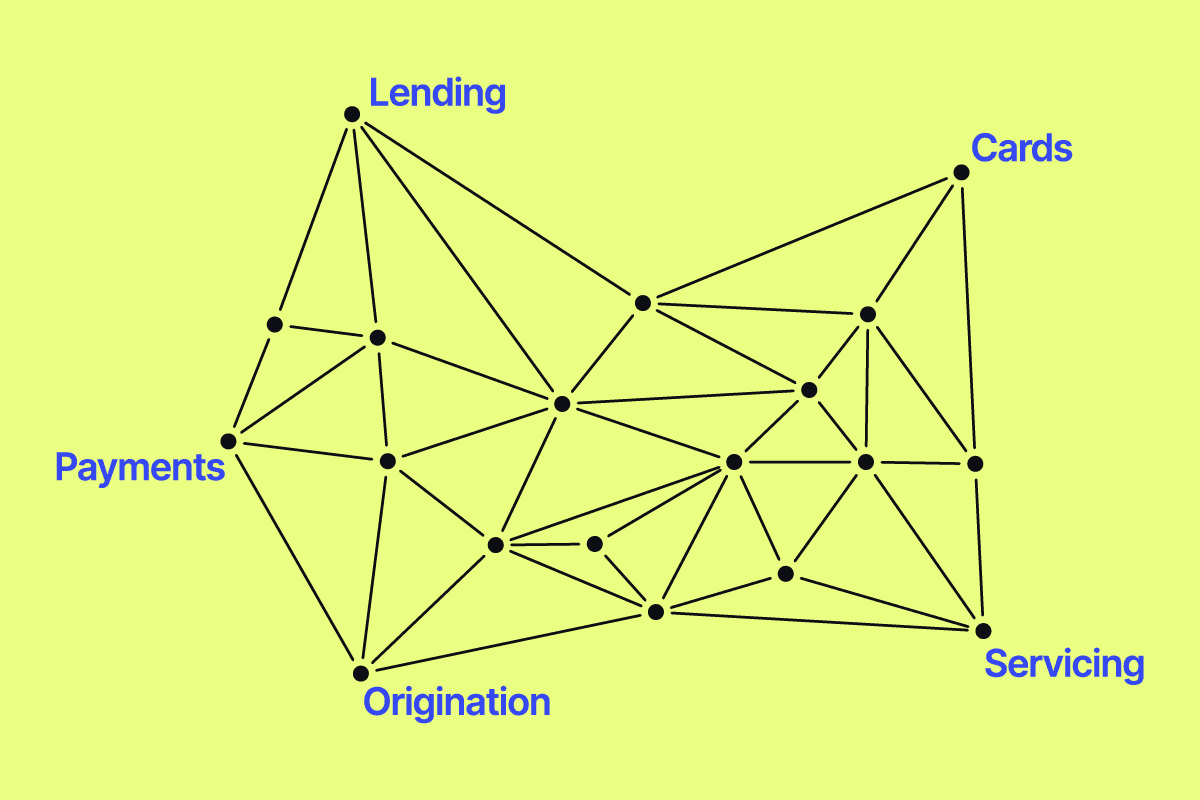When it comes to personal finance, credit management is a cornerstone of well-being.
There are countless Reddit threads, online courses, self-help books, and more on how people have improved their credit scores or repaid their debts. In 2023, there are also countless new tools to help consumers do just that.
The resurgence of credit builder products has taken center stage as consumers seek innovative ways to build or rebuild their credit, especially throughout the past three years.
So, how are fintech companies revolutionizing credit building, setting objectives, and tackling challenges – both old and new?
What does a modern approach (and team) building a credit-building product look like, and what can other lenders learn from their strategies?
Standard credit-building is no longer cutting it
Traditionally, individuals with limited credit histories or those who have faced financial challenges have had limited options to establish or rebuild their credit.
The standard methods often included applying for secured credit cards, becoming authorized users on a family member’s credit card, or obtaining a credit builder loan. These options, while effective to some extent, were not always accessible to the underbanked population or those with minimal resources.
A significant concern looming over the credit landscape is the restart of student loan payments this October. With millions of borrowers affected, the implications for their credit scores are substantial. The resumption of payments will help some who are in a place to demonstrate responsible payment behavior. For others experiencing financial strain, their credit scores will likely take a hit.
New approaches to credit building apps
Enter companies like CreditStrong, Chime, MoneyLion, Self, Altro, and others, who are redefining the credit builder landscape with innovative products and strategies. These companies are expanding the market and addressing the unique challenges consumers face with limited credit history.
Let’s dive into each use case.
-
CreditStrong offers a unique credit builder card that operates as a combination of a secured credit card and a savings account. Customers make a monthly payment and set aside a portion in a savings account. Over time, this builds both credit history and savings, providing a two-fold benefit to borrowers.
-
Chime, one of the largest neobanks in the US, offers a credit builder card. Chime’s card operates by utilizing the customer’s own savings account as collateral, eliminating the need for a security deposit. This innovative approach makes credit building more accessible to a broader audience.
-
MoneyLion, on the other hand, has introduced a credit builder app that takes a holistic approach to credit management. Through financial education and personalized advice, MoneyLion empowers users to make informed financial decisions while offering credit builder loans to improve their credit profiles.
-
Self, a pioneer in the industry, offers a credit builder loan that allows users to build credit while saving money. By making small monthly payments, borrowers create a positive payment history and gradually build their credit scores. This approach offers an alternative to traditional credit builder loans with high interest rates.
-
Altro, one of the leading companies in this space, has been at the forefront of launching innovative credit builder products. Their commitment to creating accessible and inclusive solutions has resonated with many consumers. Altro’s unique approach has been to combine the benefits of a credit builder card with tailored financial guidance, ensuring that borrowers not only build credit but also improve their overall financial well-being.
The teams behind modern credit building
As these credit-builder products have emerged in recent years, a couple of core objectives have revolved around expanding their market reach and making credit-building accessible to a broader or niche audience that’s been underserved. They aim to bridge the gap for the underbanked population, provide financial education, and empower consumers to take control of their credit.
One common challenge these companies face has been changing the perception around credit building.
Many view credit cards or loans as financial pitfalls, but these teams are trying to change that perception. Convincing individuals to embrace new tools to achieve a better financial future is a significant hurdle.
From financial experts to tech-savvy professionals and individuals passionate about financial inclusion, these teams are focused on developing and marketing products that genuinely make a difference in consumers’ lives.
That understanding of the unique challenges those with limited credit histories face is key. If these teams building new credit builder products can harness their collective experience, they’ll be able to design solutions that help customers who face these challenges head-on.
What lenders can learn from innovative credit building
The strategies used by the companies above offer valuable lessons for traditional lenders and financial institutions. Some key takeaways:
-
Innovation is Key: Traditional lenders should embrace innovation and think outside the box when it comes to financial stability. The success of these companies lies in their ability to create products that serve a purpose and resonate with consumers.
-
Education Matters: Financial education is a crucial component of effective credit building. Lenders should invest in resources that empower consumers to make informed financial decisions, ultimately improving their credit profiles.
-
Inclusivity is a Must: The underbanked population represents a significant market that traditional lenders often overlook. Lenders can tap into this underserved demographic by creating inclusive products and services and expanding their customer base.
-
Holistic Approach: Taking a holistic approach to credit management, as seen with MoneyLion, can set lenders apart. Providing both credit and financial guidance and tools can help consumers on their journey to financial success.
Conclusion
In economic uncertainty, the resurgence of credit builder products in 2024 offers a ray of hope for individuals looking to build or rebuild their credit.
While traditional methods have their merits, fresh approaches will reshape the credit-building landscape for a brighter, more inclusive future.
As many nervously anticipate what the restart of student loan payments will mean for their financial future, the lessons learned from modern credit builders should serve as a guiding light. Other fintechs can (and should) encourage teams to consider the financial landscape of their customers and create products that address modern challenges.
In this new era of credit building, the possibilities are endless, and the future looks brighter than ever for those seeking to enhance their financial well-being.




